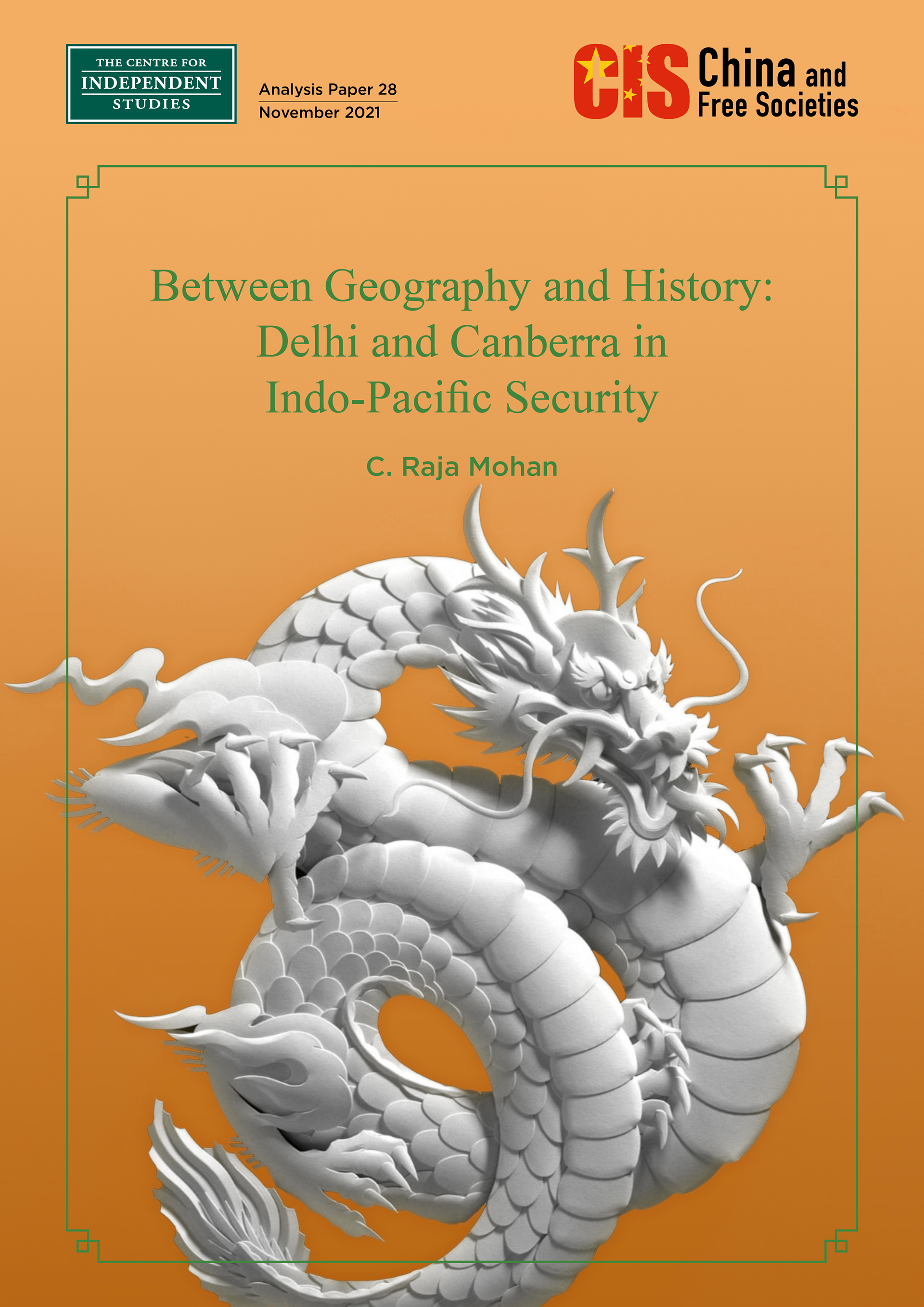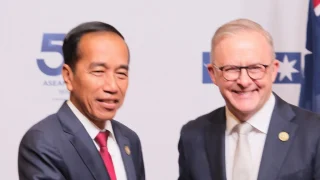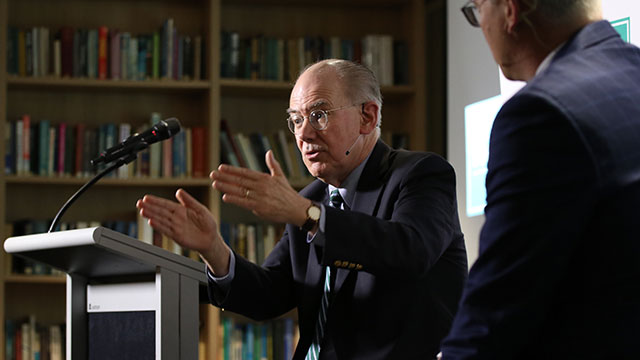
The Quad has emerged as a major new element of the architecture in Indo-Pacific security Yet the unfolding transformation of the relationship between Delhi and Canberra remains poorly understood.
Delhi and Canberra in Indo-Pacific Security: overview
The relationship between Delhi and Canberra has grown rapidly in recent years, underpinned by a convergence of security interests in the new Indo-Pacific geography and complemented by their membership of the revived Quad that includes Japan and the United States. This has helped overcome the traditional estrangement between India and Australia that dates back to the onset of the Cold War when Delhi withdrew from regional security politics in the name of non-alignment.
The ever-bolder assertion of Chinese power — in the South China Sea, on the disputed land border with India, and through the weaponisation of trade — has made it clear that the old framework of US bilateral alliances, and ASEAN-centred multilateralism, were no longer sufficient to secure the regional order. Bringing India into the Asian equation has become vital, with the centrality of India’s role in preventing a new regional hegemony long recognised in Washington.
Asia is not synonymous with China and neither Delhi nor Canberra can be compelled to accept deference to Beijing as the only option in their regional policies. Both have a stake in a multipolar Asia that can only be sustained today with the presence of the US and other Western involvement. At the same time, India brings the necessary material heft and political will to strengthen the broader regional dimension of the Asian balance of power.
The paper is structured in five parts.
- The first part examines the centrality of India in the newly-constituted Indo-Pacific geography and the Quad framework to shape its future architecture. The two innovations are rooted in the recognition that Asia and its waters cannot be secured within the geographic framework of the Asia-Pacific and that longstanding US bilateral alliances must be complemented by an effective Indian role.
- The second part asks why India — traditionally non-aligned — is now ready to join hands with the US to construct a new security order in the Indo-Pacific. It argues that the US ‘pull’ on India has been reinforced by the ‘push’ of a growing power gap with China and mounting security challenges from an increasingly assertive Beijing.
- The third section reviews the evolution of the India-Australia partnership in recent years. It points to the growing convergence of Indian and Australian security interests in the Indo-Pacific that has helped overcome the traditional estrangement between Delhi and Canberra.
- The fourth section offers a brief scrutiny of specific Australian concerns about India’s domestic trajectory: India’s opposition to the Asian free trade agreement, the RCEP, and the question of Delhi’s democratic backsliding under Modi.
- The concluding section parses the tension between geography and history that troubles the Asian policies of both India and Australia and how growing strategic cooperation between Delhi and Canberra can transcend that tension.
ALSO READ: Preserving Peace as China Rises II: Preparing for a Post-American Asian Order
SELECTED REFERENCES
Condoleezza Rice, “A Balance of Power That Favors Freedom,” October 01, 2002 — New York City, New York, Wriston Lecture, Iowa State University, https://awpc.cattcenter.iastate.edu/2017/03/21/a-balance-of-power-that-favors-freedom-oct-1-2002/ and Condoleezza Rice, “Promoting the National Interest”, Foreign Affairs 79, no. 1 (2000): 45–62.
Leon Panetta, “Partners in the 21st Century,” Key Speeches IDSA, June 06, 2012, https://idsa.in/keyspeeches/LeonEPanettaonPartnersinthe21stcentury
Hillary Clinton, “Remarks on India and the United States: A Vision for the 21st Century,” Speech delivered at Chennai, July 20, 2011, US Department of State, https://2009-2017.state.gov/secretary/20092013clinton/rm/2011/07/168840.htm
Nick Bisley, “More Continuity than Change in Biden’s Asia Strategy”, East Asia Forum, September 28, 2021, https://www.eastasiaforum.org/2021/09/28/more-continuity-than-change-in-bidens-asia-strategy/










